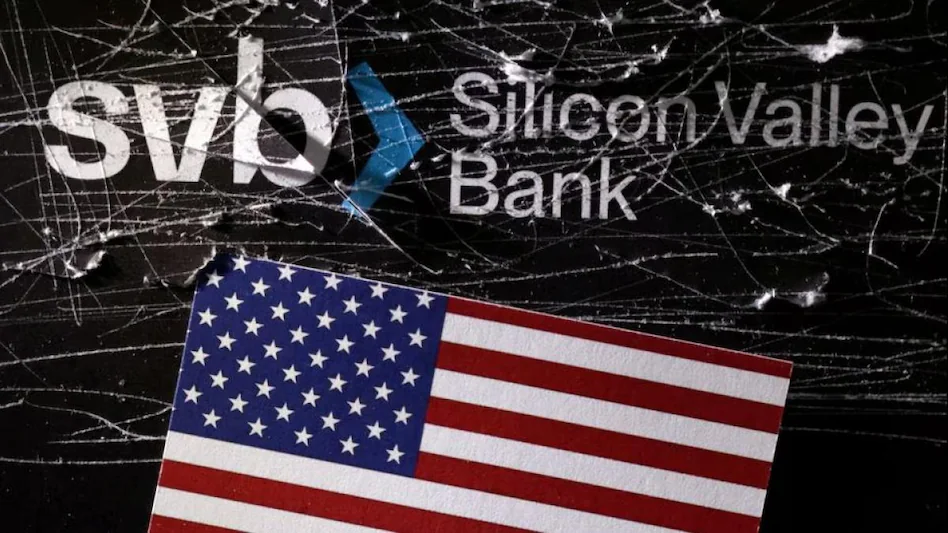SVB (Silicon Valley Bank) was founded in 1983 and it was initially focused on providing financial services to technology startups and venture capitalists in Silicon Valley. At that time, it was one of the first banks to provide specialized services to the tech industry. Silicon Valley Bank quickly gained a reputation for understanding the unique needs of tech startups and became the go-to bank for many entrepreneurs and venture capitalists in the area.
Table of Contents
Success and Growth of Silicon Valley Bank
SVB’s success was due in large part to its ability to provide startups with access to venture capital and other forms of financing. The bank also provided valuable networking opportunities and educational resources to help startups grow and succeed. As a result, many of the startups that worked with SVB went on to become successful startups like Airbnb, Fitbit, and Pinterest.
Between 2020 and 2022, the interest rate in the US was a mere 0.08%, allowing SVB to borrow money from the Federal Reserve at a low rate and provide loans at a profitable margin. The two years were the best for the bank, as it saw a mass influx of deposits from businesses and venture capitalists.
How crisis hit SVB
SVB then focused on attracting customers from top banks in the US by offering a higher deposit rate. While Bank of America paid an average rate of 0.96% on deposits, SVB offered an interest rate of 2.33%, which was a big deal for funded startups with millions of dollars in their account.
However, the bank’s downfall began with the pandemic and the Russia-Ukraine war, which caused inflation to skyrocket in the United States. In fact, the inflation rate rose from 2.5% pre-pandemic to a shocking 9.1%, according to the Bureau of Labor Statistics. As a result, the Federal Reserve hiked interest rates to combat inflation, which led to a burden on families and businesses alike.
Crisis deepens at Silicon Valley Bank
At the same time, Silicon Valley Bank faced the challenge of generating profits from the large amounts of money that it has invested. They invested $91 billion in long-term treasury bonds and mortgage bonds, which had a low-interest rate but promised good returns to the bank. SVB invested $80 billion in illiquid mortgage-backed securities that had over 10 years to maturity, leading to an asset-liability mismatch.
This investment involved using the investors’ money to lend to homebuyers, promising a low-interest rate to the investors and charging a higher interest rate to the borrowers. SVB was expected to make a profit due to the difference in these interest rates. However, if these mortgage-backed securities are held to maturity, investors cannot sell their units until the maturity period ends, which would lead to a heavy exit cost.
Startup troubles
The Silicon Valley Bank crisis started when startups that had deposited millions of dollars found it difficult to obtain loans at reasonable interest rates and began withdrawing their money from the bank. As a result, SVB’s deposits dropped by $20 billion in just three quarters. To meet customers’ withdrawals, the bank needed cash, but most of their money was stuck in bonds, so they had to sell off these bonds and realize their losses. To cover these losses, the bank tried to raise $2.25 billion from investors in the form of equity and deposits.
Return of funds to depositors of Silicon Valley Bank
In order to protect the Insured depositors of SVB, Federal Deposit Insurance Corporation (FDIC) has created a Deposit Insurance National Bank of Santa Clara to provide full access to their insured deposits. Uninsured depositors will receive a receivership certificate for the remaining amount of their uninsured funds. As the FDIC sells the assets of Silicon Valley Bank, future dividend payments may be made to uninsured depositors.
Impact of SVB crisis on Indian startup ecosystem
The impact of the Silicon Valley Bank crisis on India’s startup ecosystem would depend on a few factors. If the bank is able to give back the money to its depositors, then the impact on Indian startups may be limited. However, if the bank is unable to return the money, it could lead to a further funding crunch in the Indian startup ecosystem.
Many Indian startups rely on funding from foreign investors, and the Silicon Valley Bank is a popular choice for many of them. If the bank is unable to provide the necessary funding, it could result in a slowdown in investment activity and may make it harder for Indian startups to raise the capital they need to grow.
Word of Caution
Moreover, if the crisis at the Silicon Valley Bank leads to a broader economic downturn, it could have a ripple effect on the global economy, including India. As a result, Indian startups may face additional challenges in terms of raising funding and expanding their operations.
Overall, the impact of the Silicon Valley Bank crisis on India’s startup ecosystem is still uncertain, but it is something that startups and investors should keep a close eye on in the coming months.
Open an account with the leading Broker in India and start investing
Also read: Public Provident Funds



Pingback: Debt mutual fund - Finance Bill 2023 amendment - NSE Options